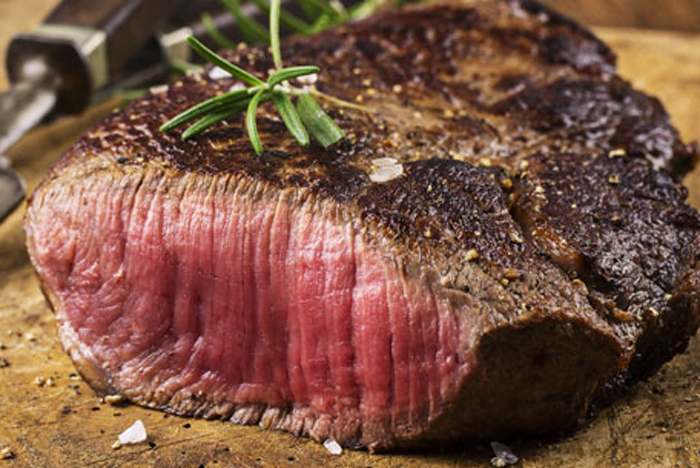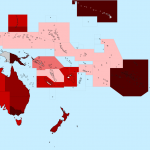#eat #beef #food #cattle
“Cattle are not the source of environmental problems, they are part of the solution to the challenge of how to sustainably feed the world“– Paul Ebeling
Cattle are nor major greenhouse gas emitters.
Yes, cows belch out methane, but these burps constitute only a about 2% of overall emissions in the US Compare that figure to transportation or power plants, which account for 29% and 28% of US emissions, respectively.
In exchange for that relatively low emissions toll, cattle provide invaluable benefits to their ecosystems and to humans.
Cattle are ruminants; other ruminants include sheep, goats, deer, bison and antelope. Their 4-chambered stomachs use symbiotic microbes to process and digest nutrients, which allow them to subsist on diets of incredibly fibrous, tough plant material that humans, pigs, and chickens cannot effectively digest; think grasses, leaves, and byproducts from food and fuel production.
Beef cattle have essentially replaced another ruminant that previously populated this country, the bison. Before settlers pushed west, North America held about 88-M of these animals. Today, the US hosts 94 -M cattle.
Texas alone is home to more than 130M of these great ruminants, 14% of the total US cattle population. In Texas, cattle are the #1 agricultural commodity, boasting a market value of $12.3-B in Y 2017.
These cattle have essentially claimed the role of bison in grazing ecosystems.
Beef cattle spend most of their lives grazing pastures, grasslands, and shrub land that humans cannot use for other agricultural purposes. Even grain-finished cattle spend just 3 months in a feedlot, on average. The rest of the time, they are Home on the Range.
Cattle and other ruminants take the inedible protein found in crop residues, grasses, and byproducts and turn it into edible protein. This process is called upcycling.
Showned in Translational Animal Science in Y 2018, cattle improve plant protein incredibly efficiently. In fact, grain-finished cattle provide nearly 20% more human edible protein than they consume.
If humans were to directly eat the corn, they would need to consume far more calories to get enough essential nutrients, ironically putting them at risk of obesity and malnutrition simultaneously.
Farmers and ranchers now produce enough food for everyone on Earth to meet their calorie needs. But not every community has enough good food. Many people suffer from nutrient deficiencies, even if they have a surplus of calories.
Ruminants, including cattle, can be used to improve the quality of diets in many developing economies. Better diets can help people in such countries achieve basic outcomes.
Beef can provide the world with essential nutrients without competing with humans for food.
Eat healthy, Be healthy, Live lively









